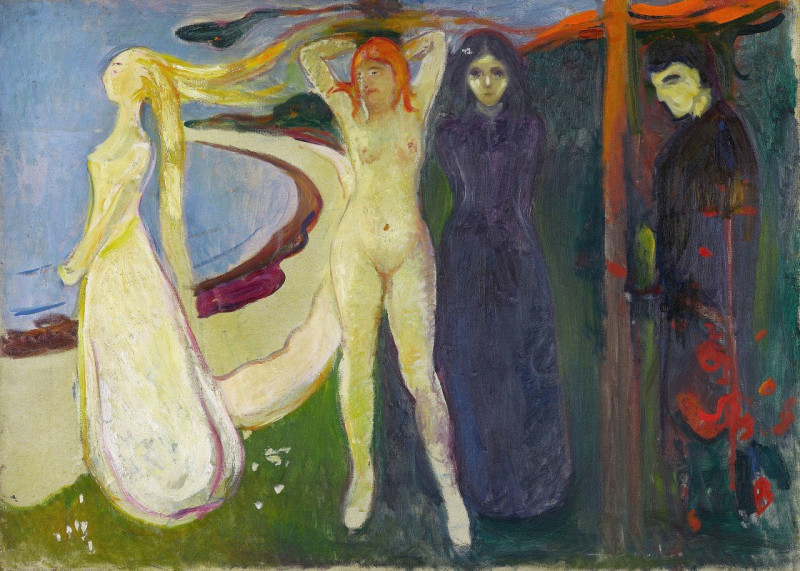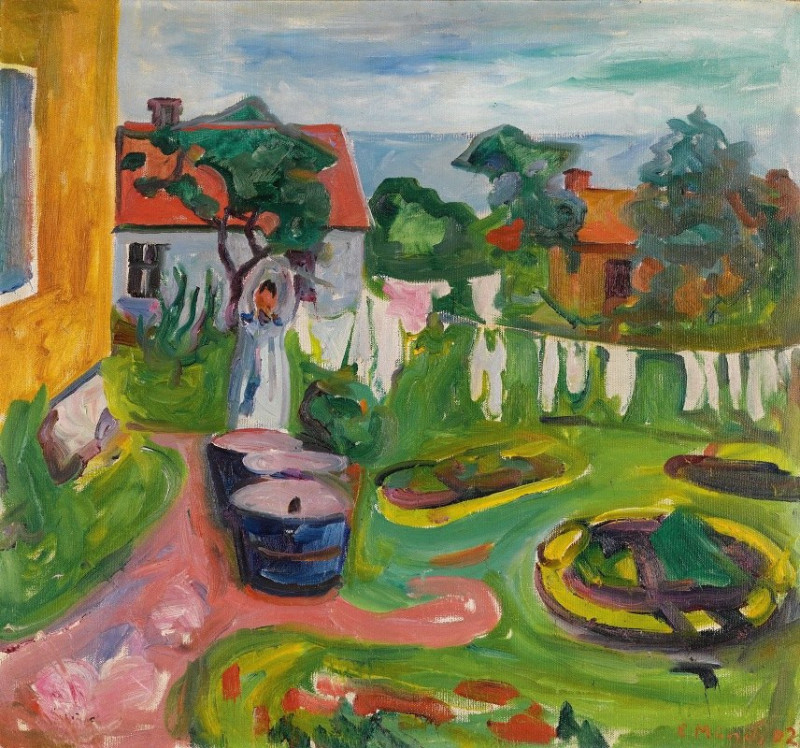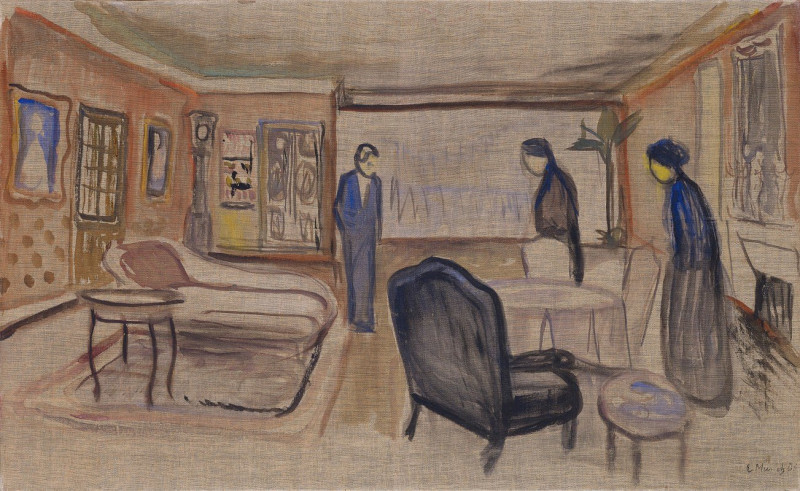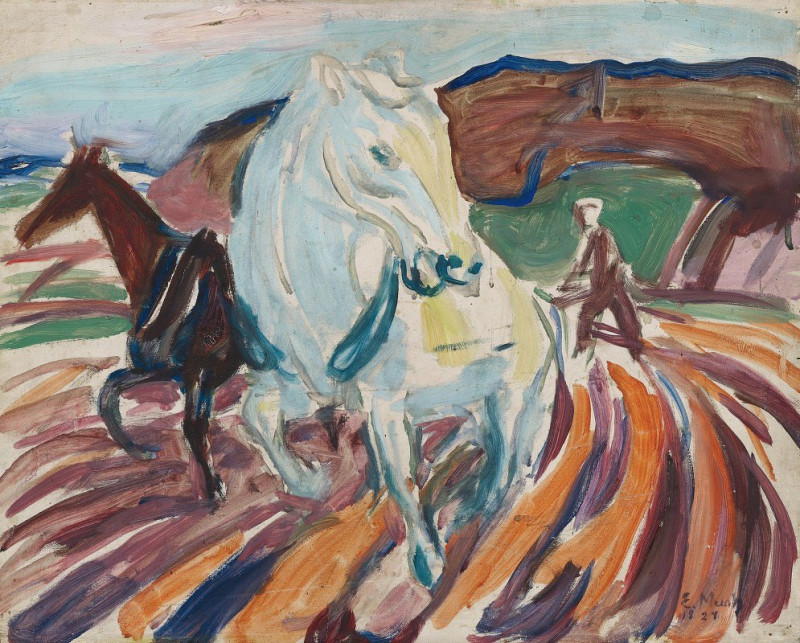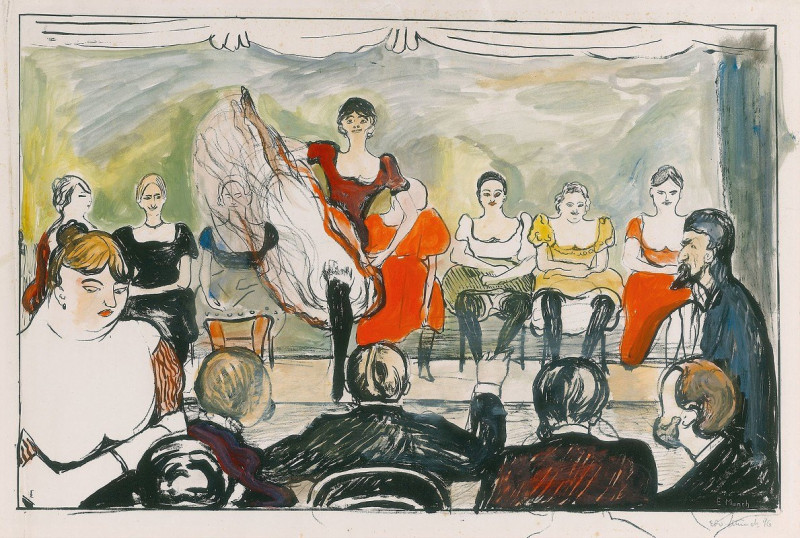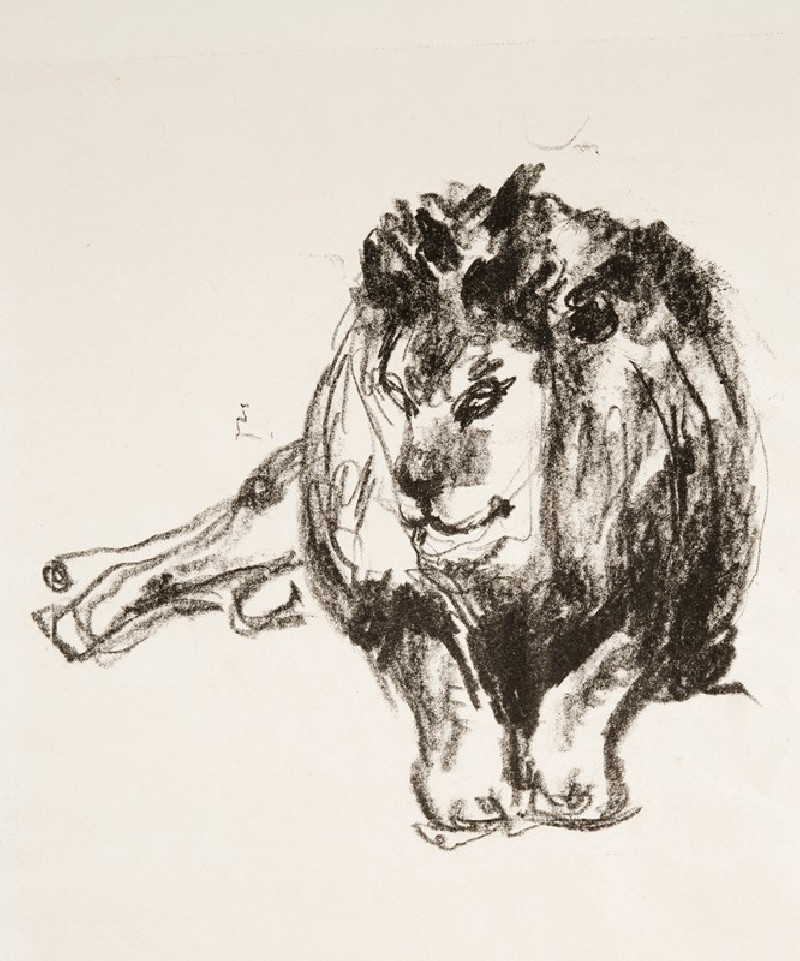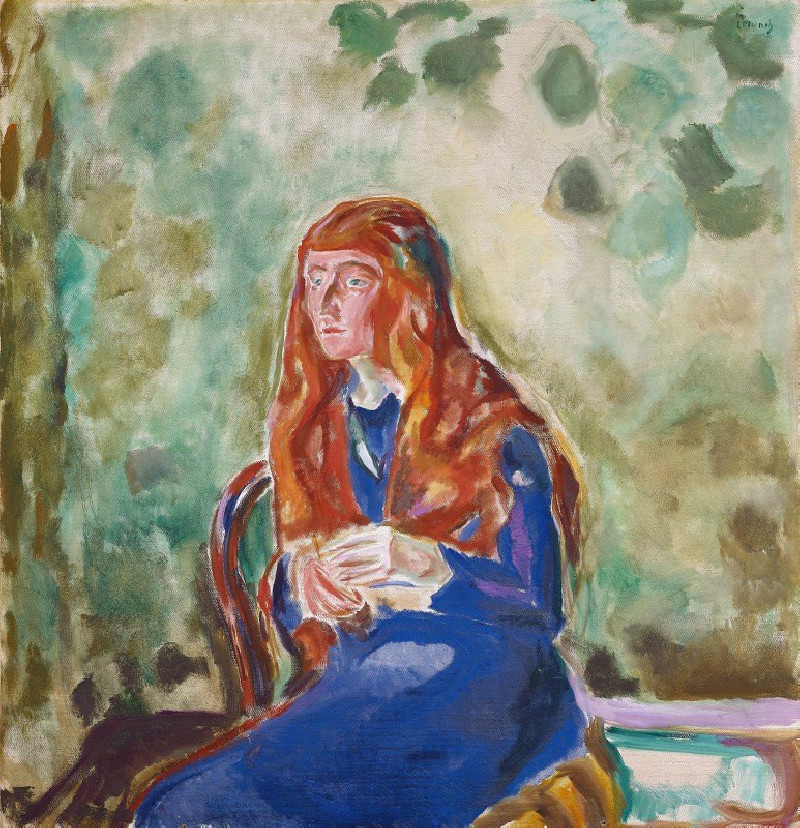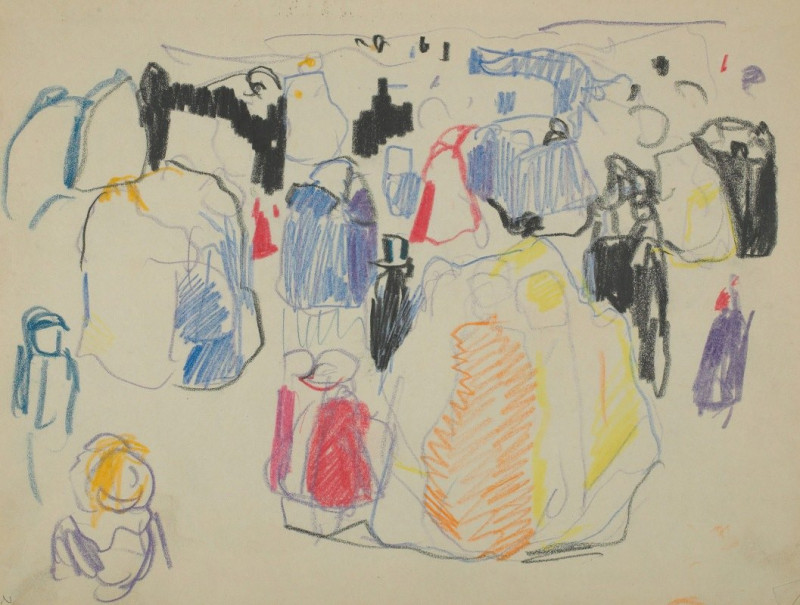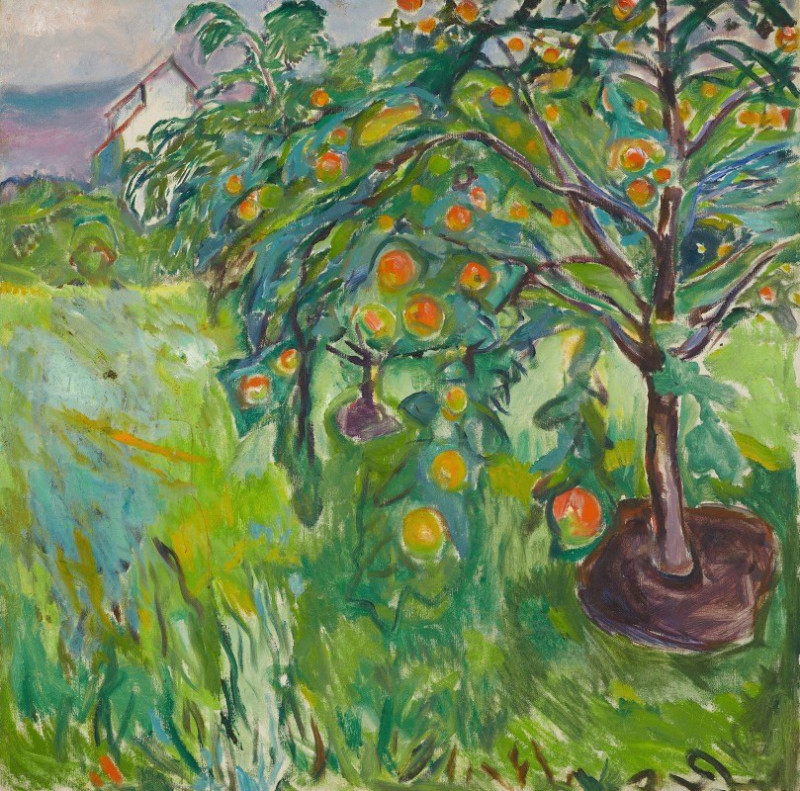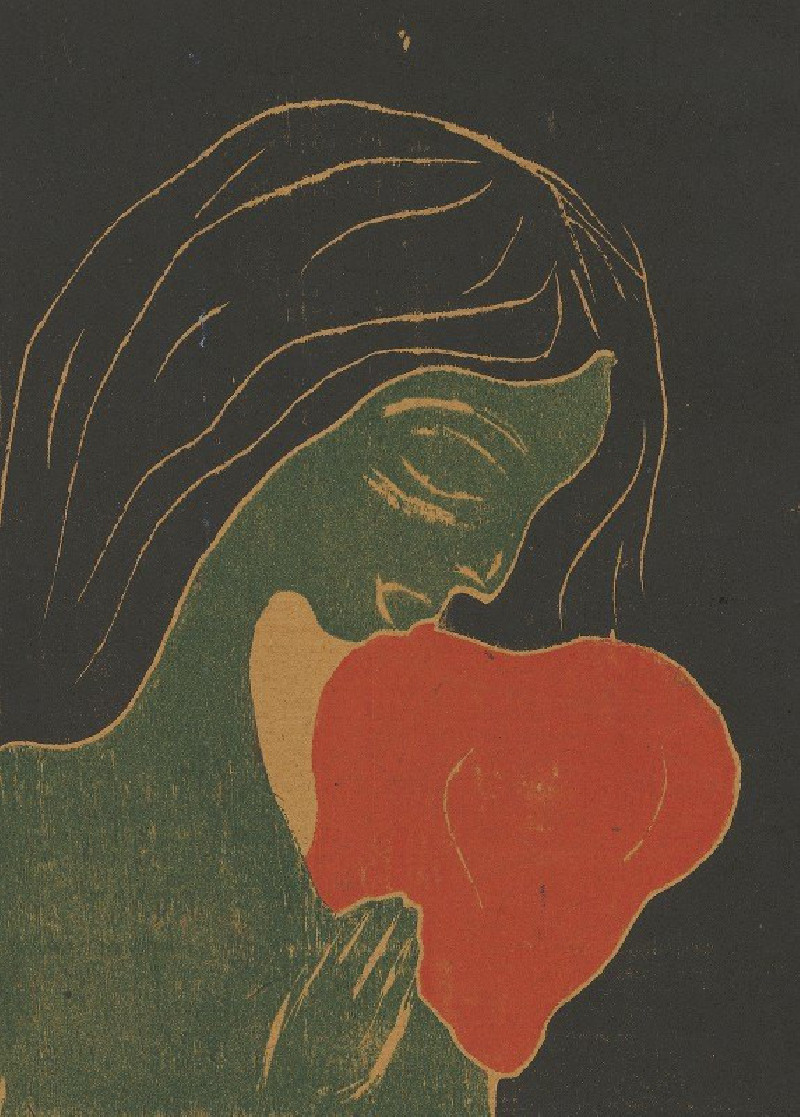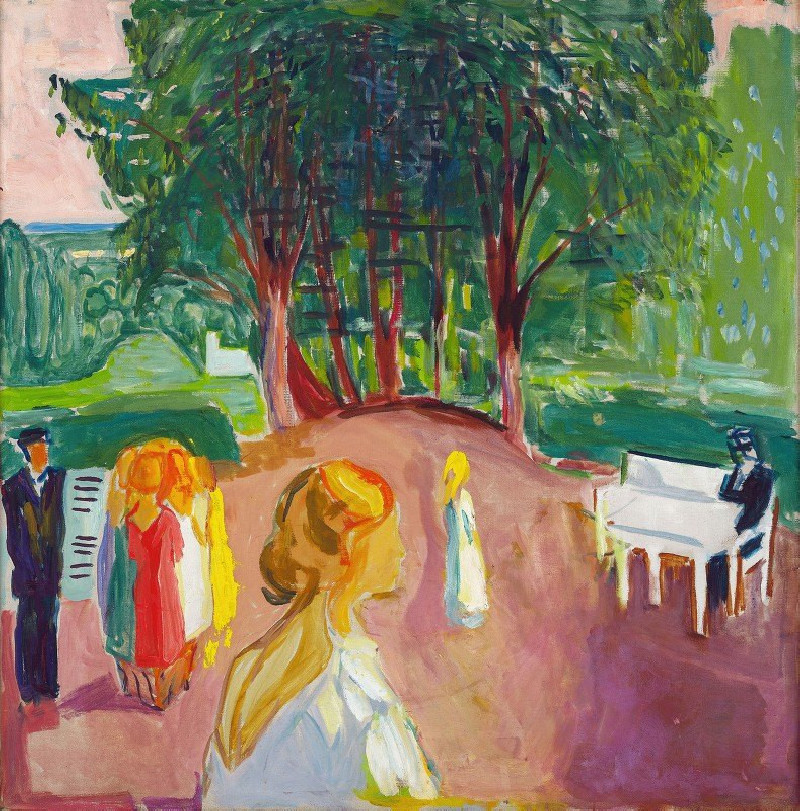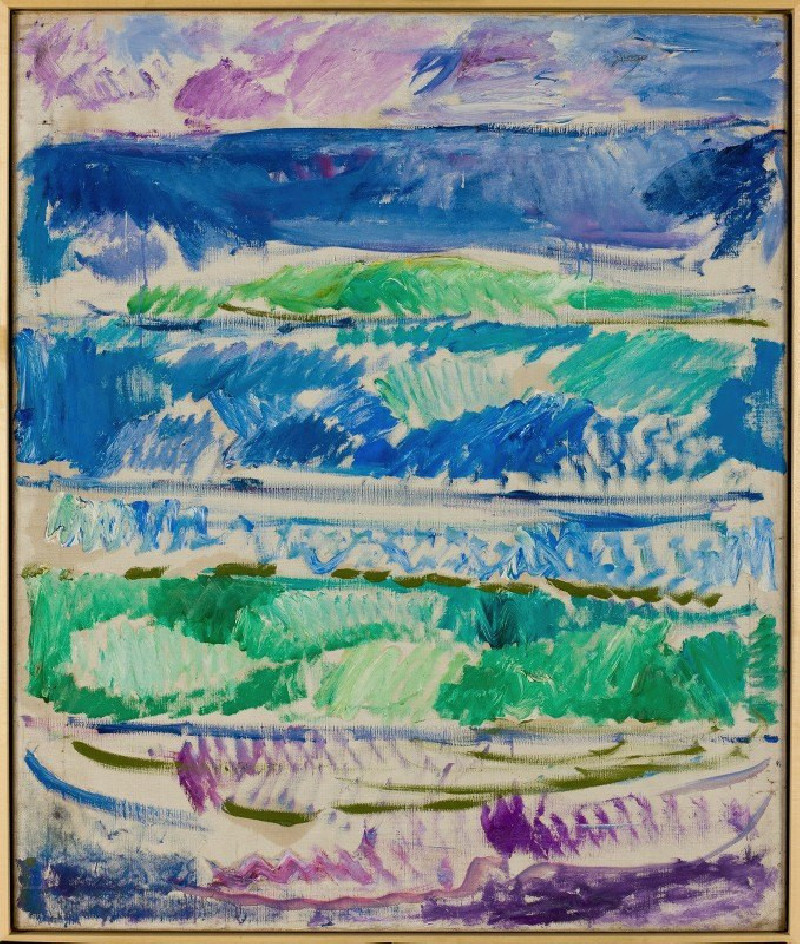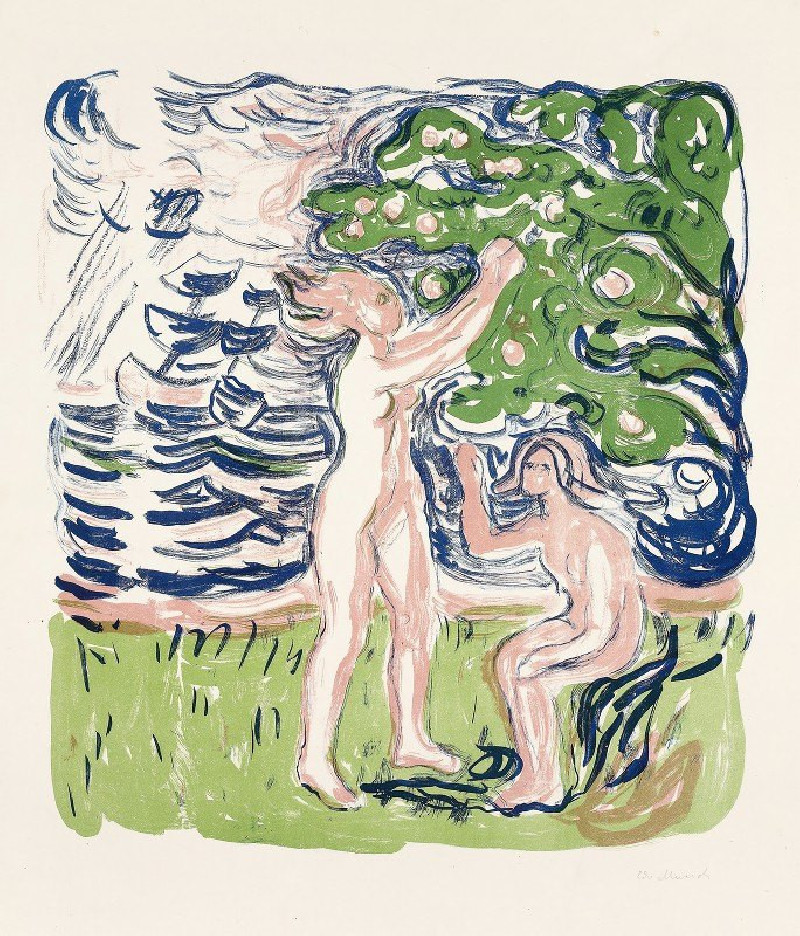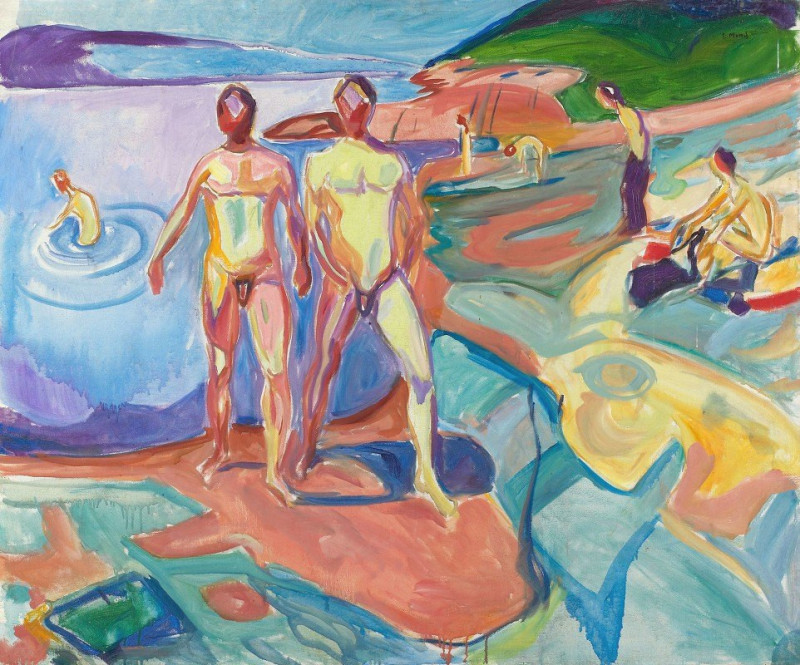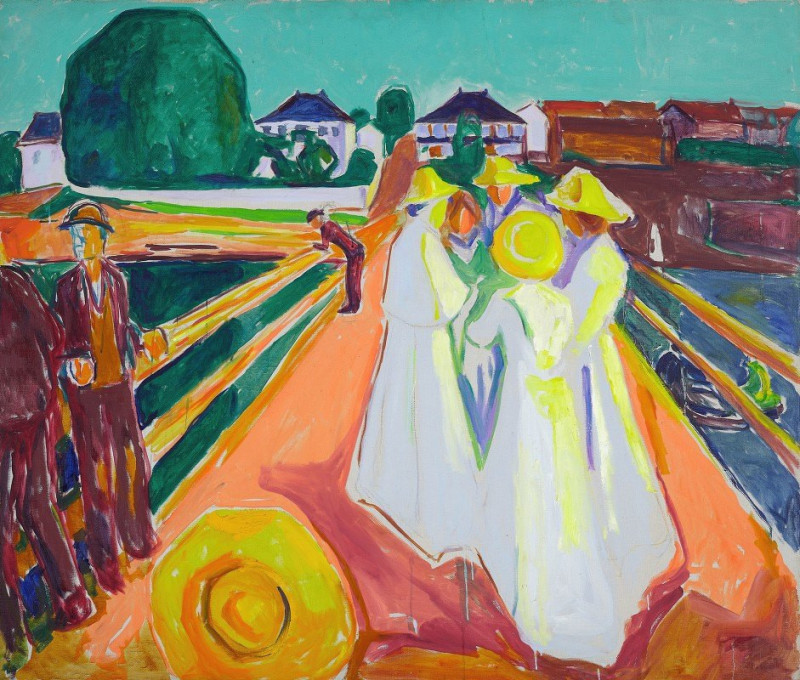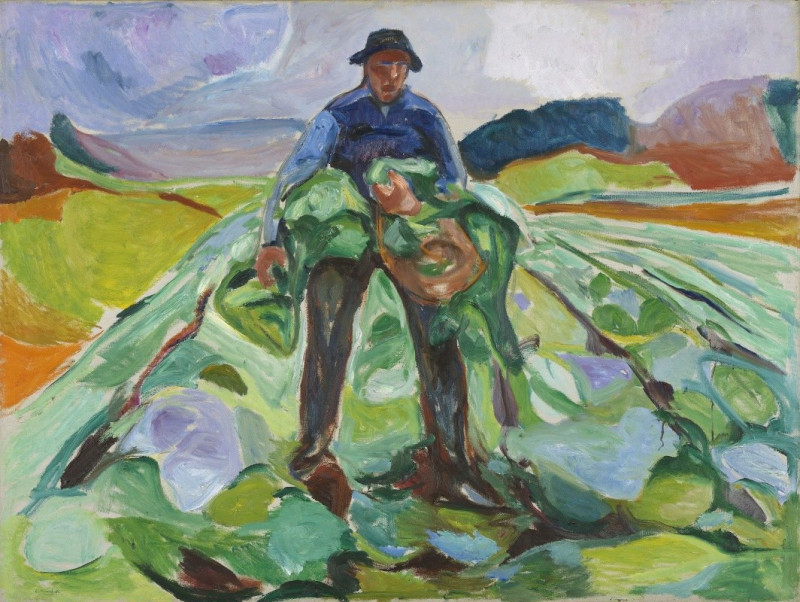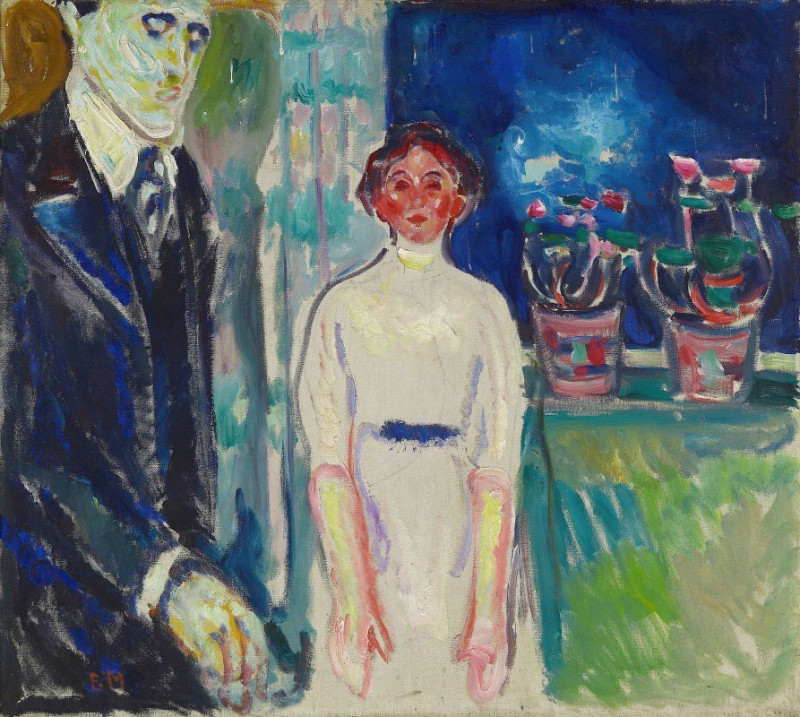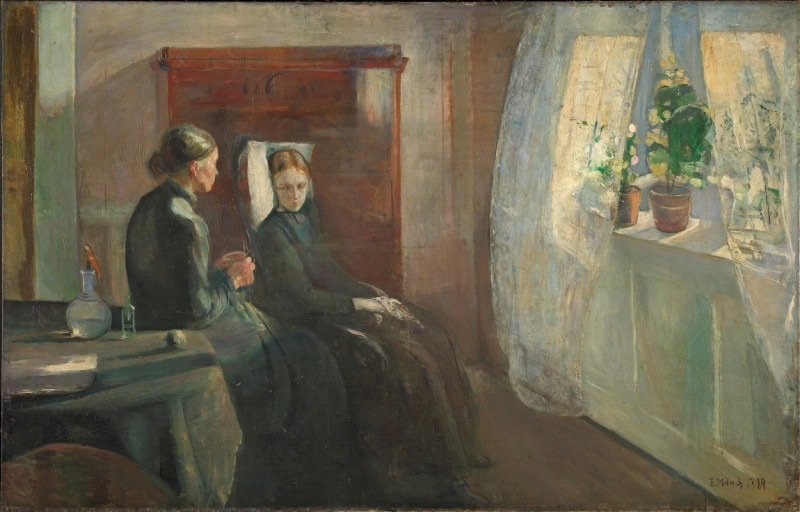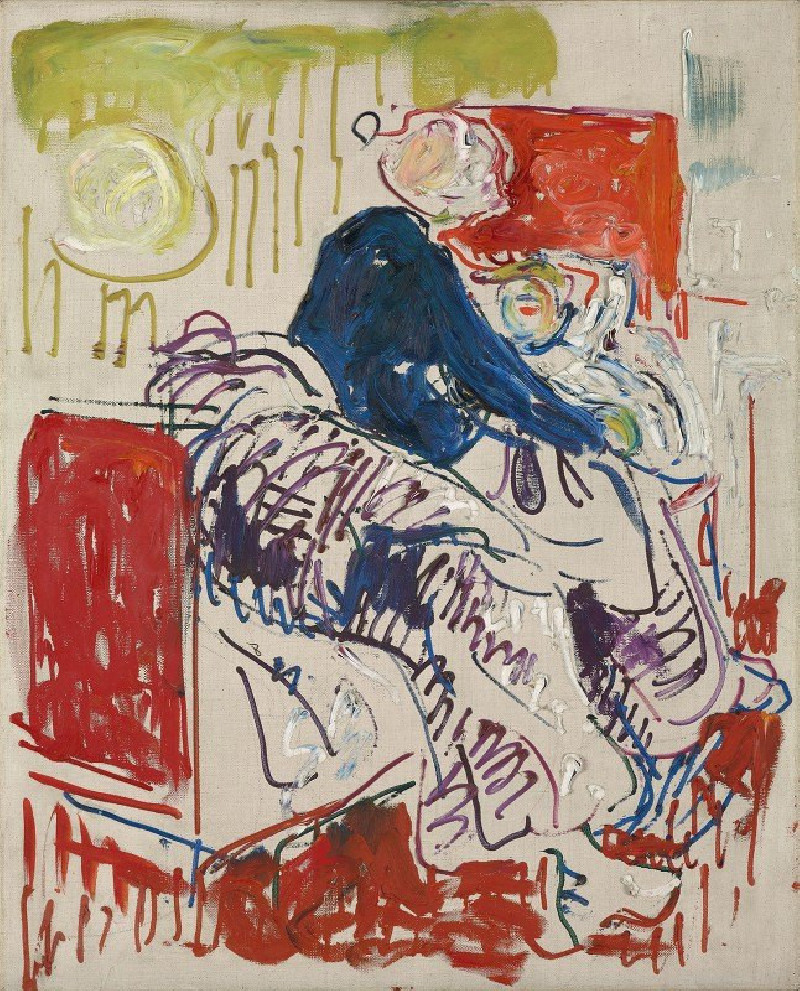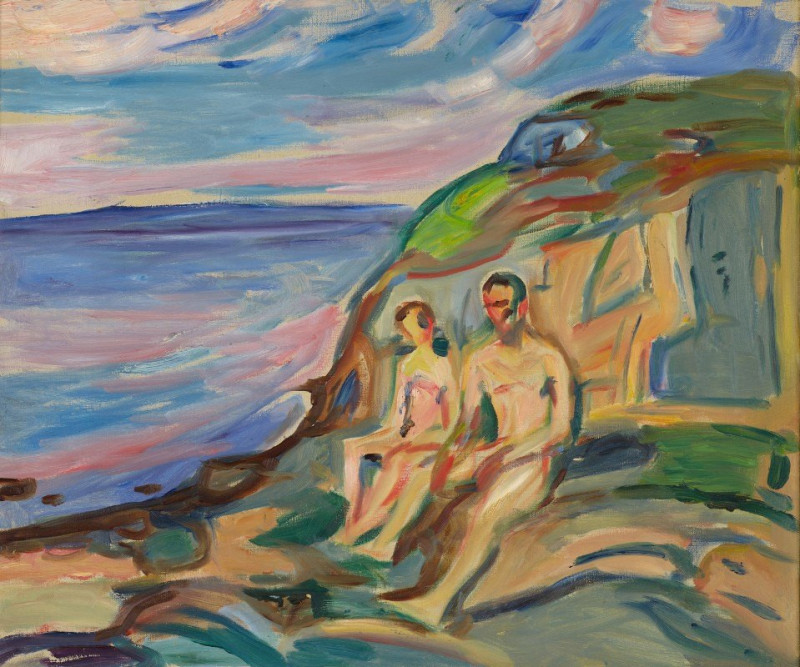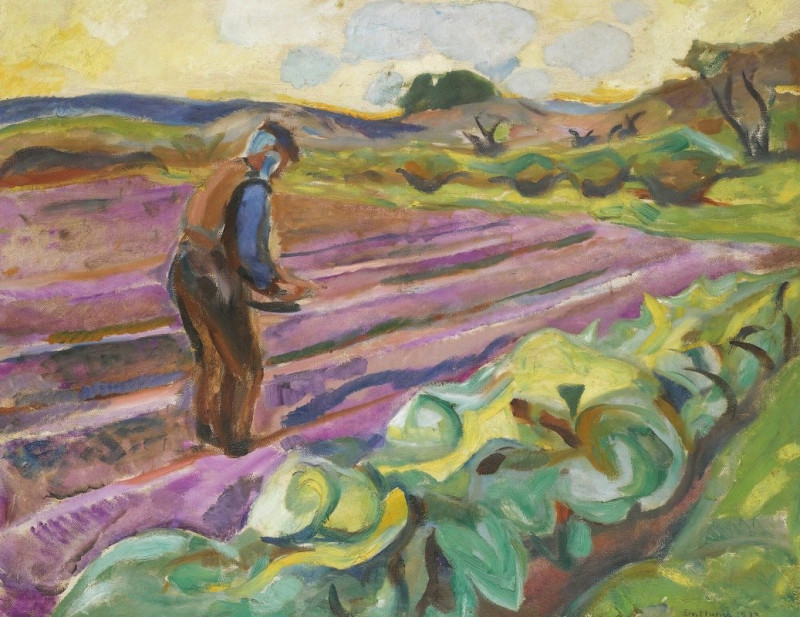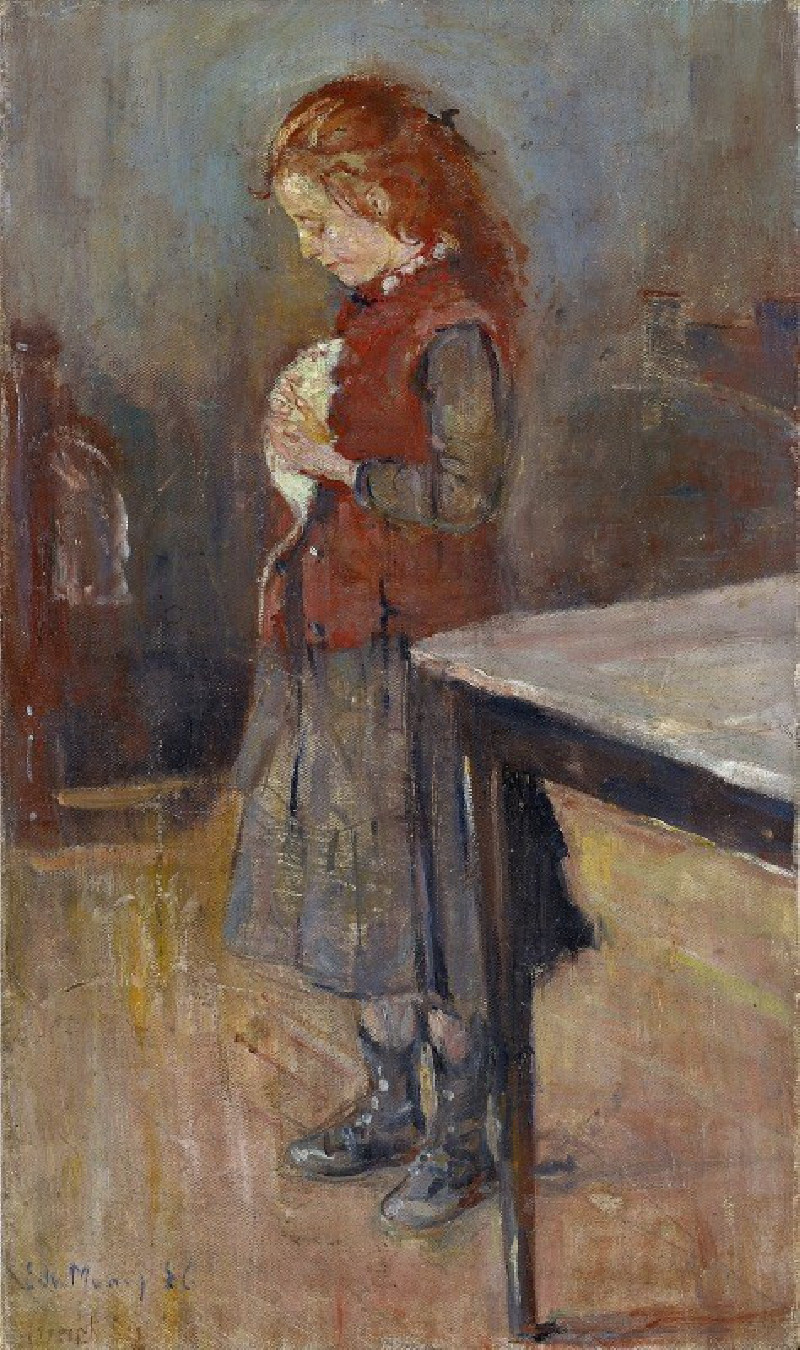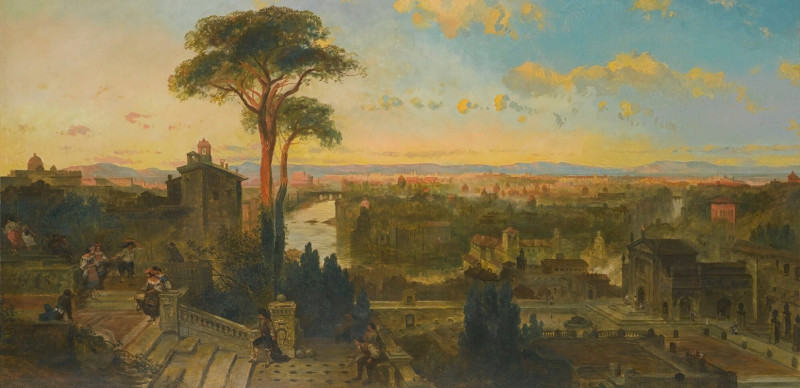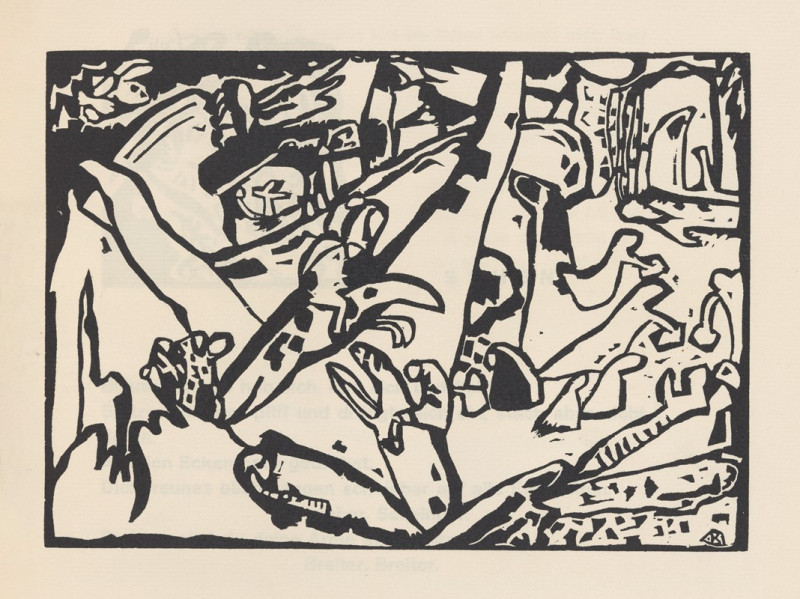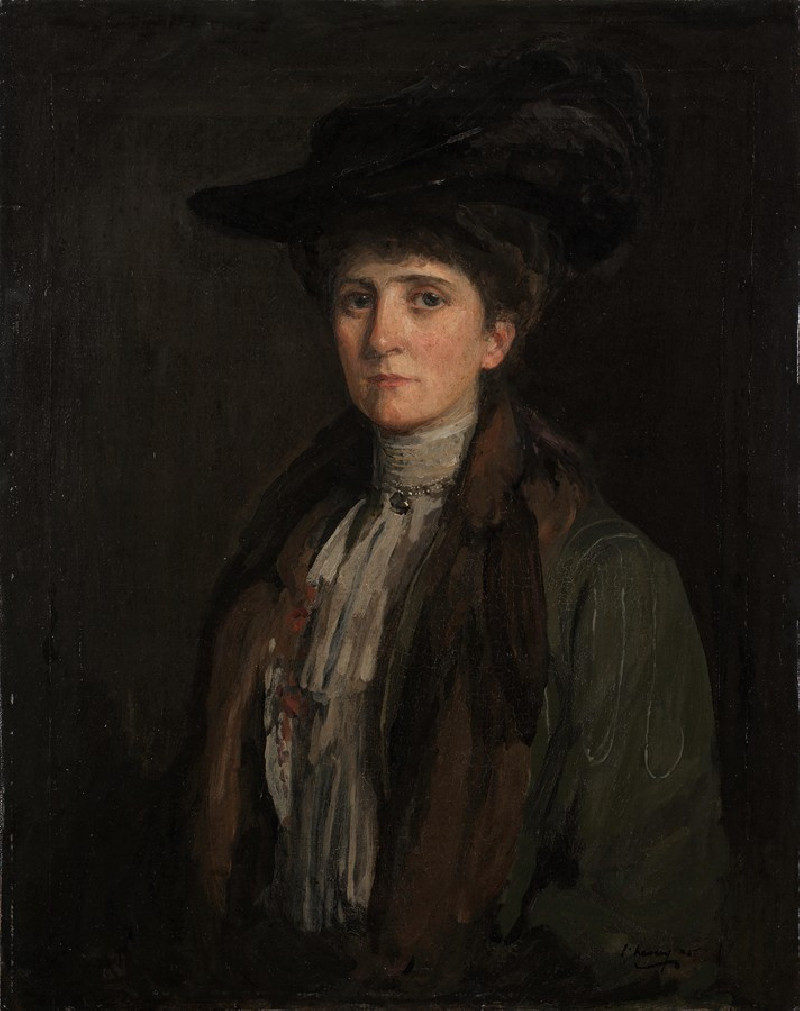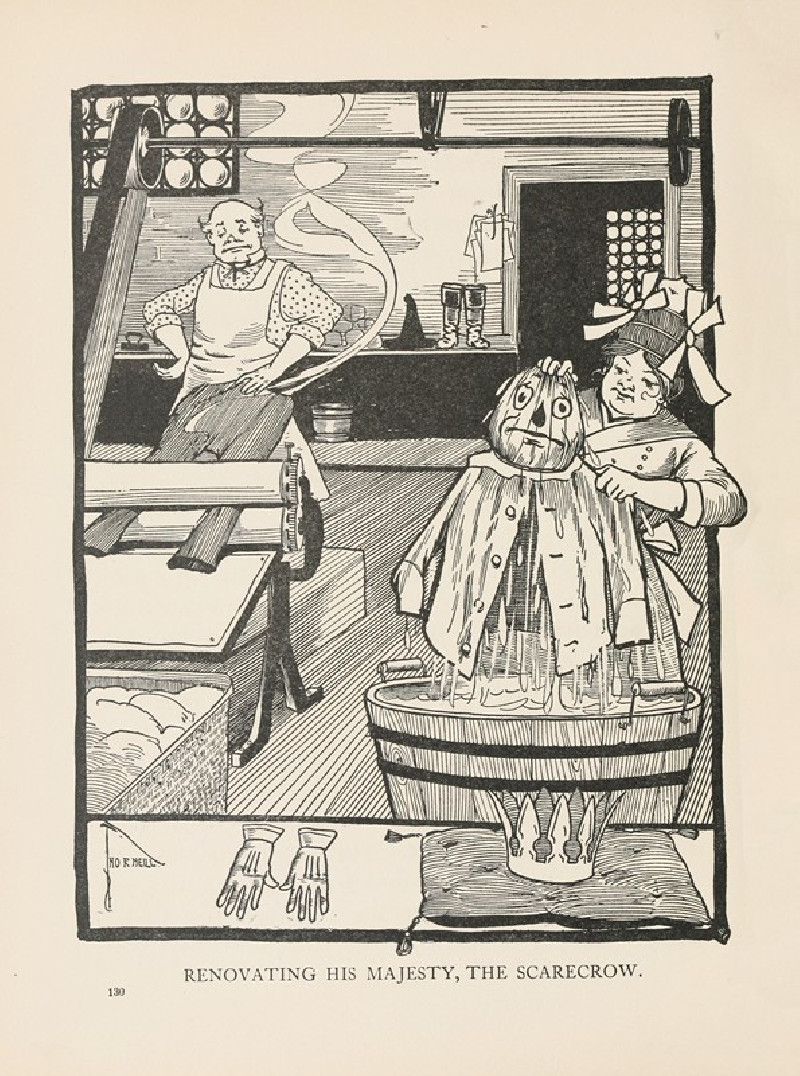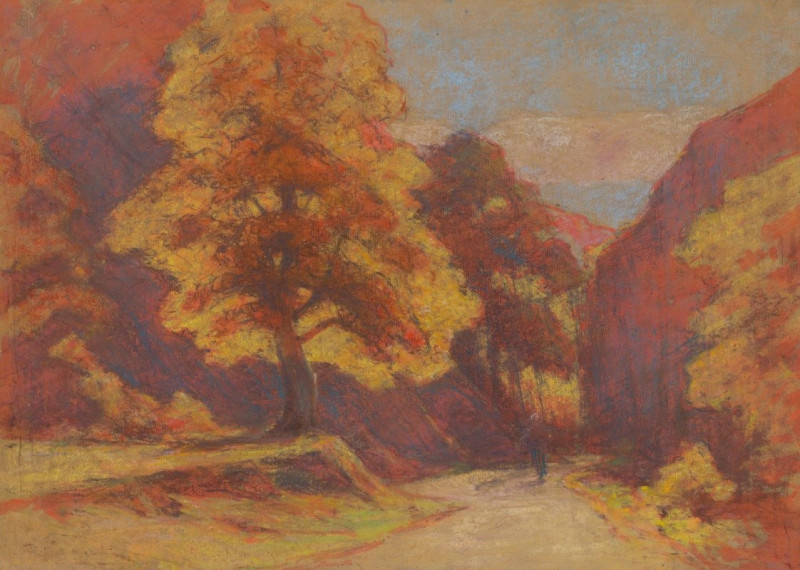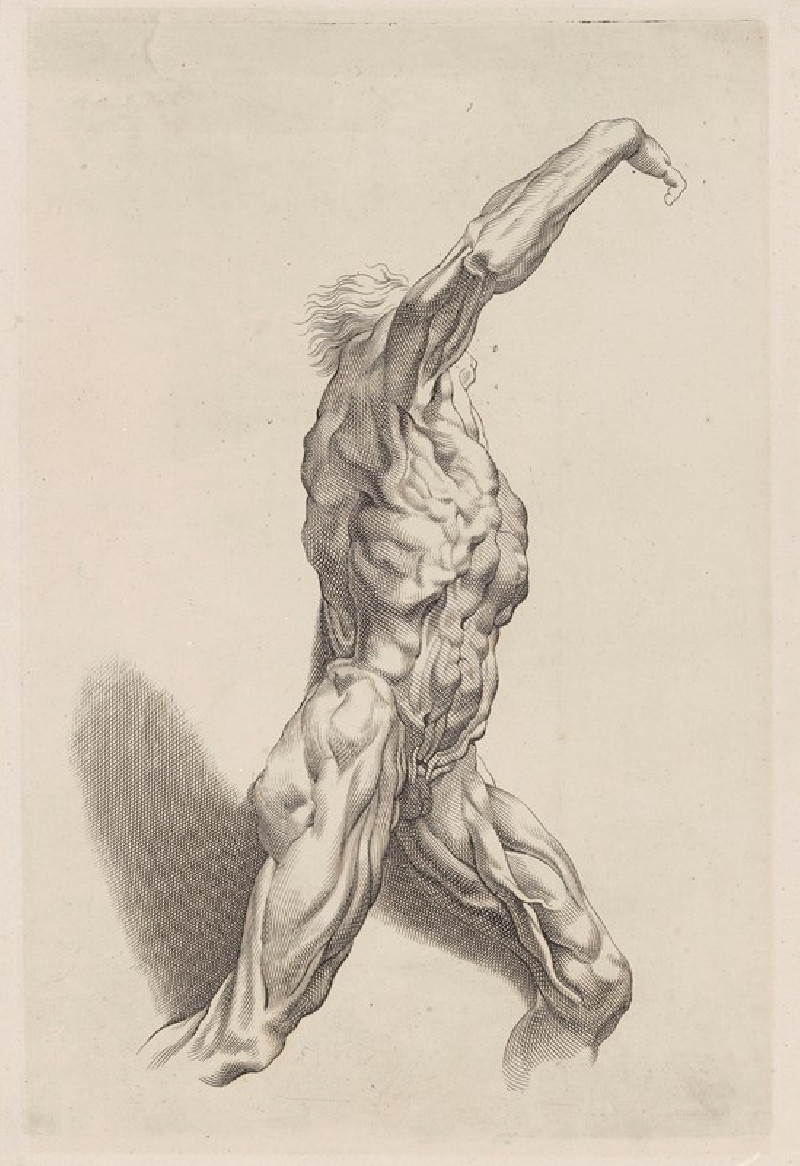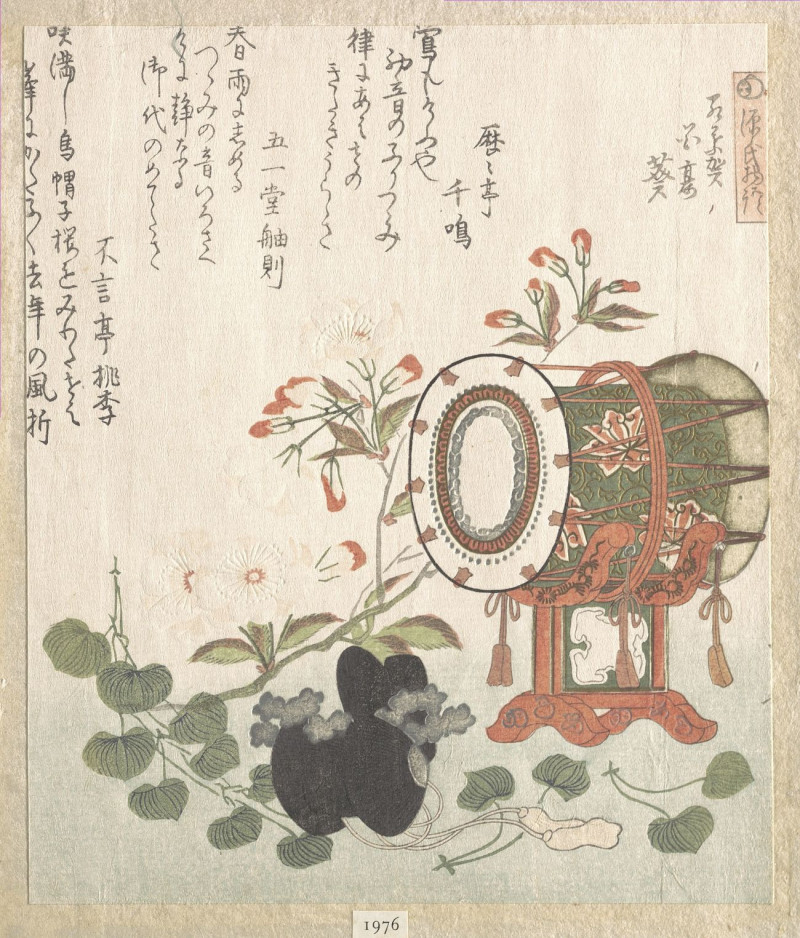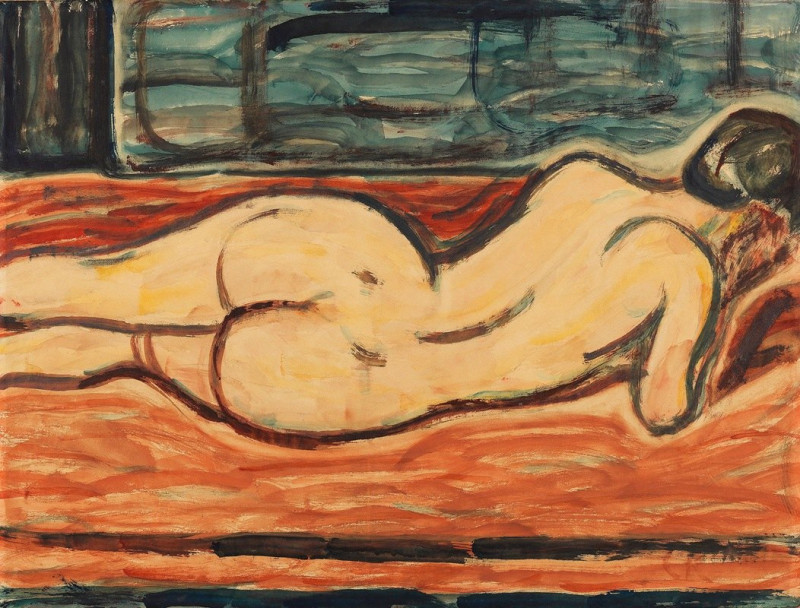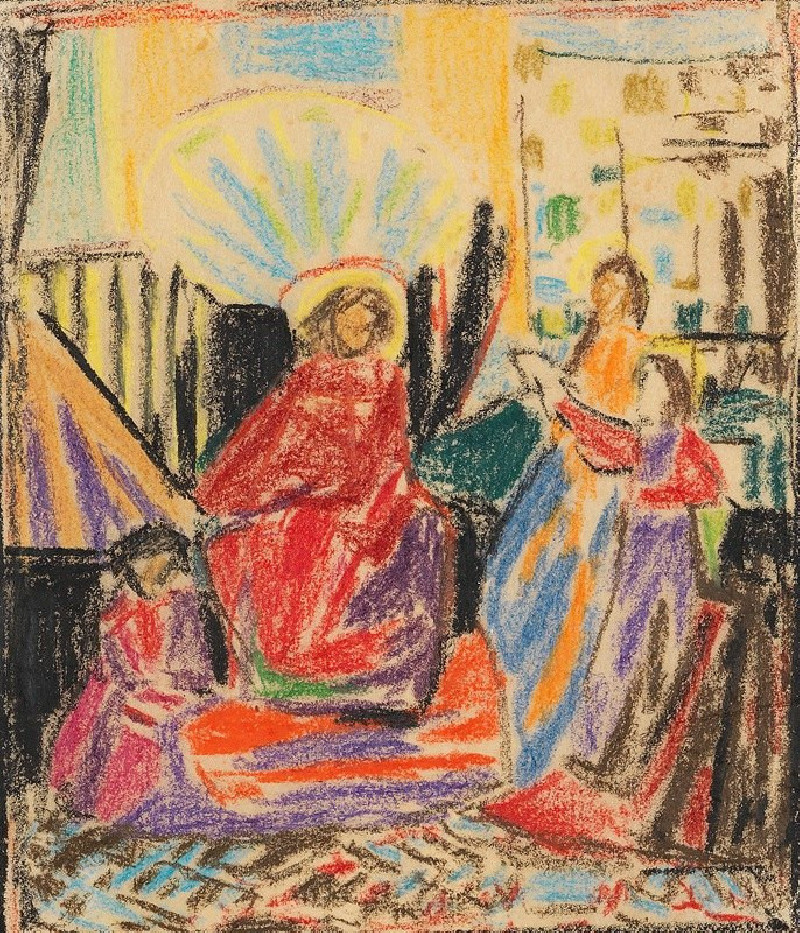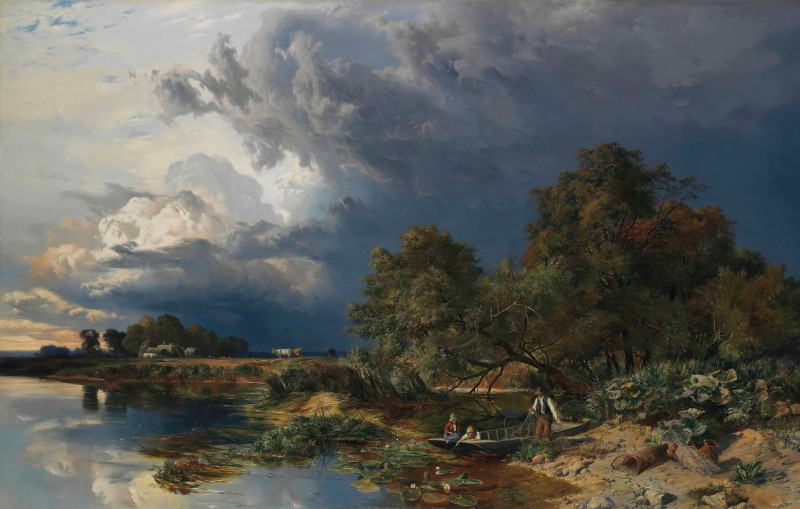Woman. Sphinx (1894)
Technique: Giclée quality print
Recommended by our customers
More about this artwork
"Woman. Sphinx" by Edvard Munch, painted in 1894, is a compelling work that showcases Munch's fascination with the complexities and dualities of the human psyche, particularly in relation to the theme of femininity and its myriad interpretations. This painting features four distinct figures, each representing different aspects of womanhood and perhaps the subconscious states of being.On the far left, a figure with flowing yellow hair, draped in a sheer white garment, appears almost ethereal, with her face tilted upwards as if basking in or seeking enlightenment. This figure could symbolize purity or innocence, a direct contrast to the vibrant and eye-catching central figure.The second figure stands boldly nude, hands on hips, with striking red hair. This depiction might represent the raw, unabashed essence of femininity, or perhaps the earthly, natural state of a woman as Munch saw it. Her direct gaze and confident posture suggest a connection to themes of strength and vulnerability.Beside her, cloaked in a deep violet, is a more somber and ghostly figure, likely embodying the mystique and enigmatic facets of femininity. Her face, barely visible beneath the overshadowing hood, adds an air of mystery and possibly melancholy, indicating the hidden depths or the overshadowed aspects of a woman's identity.The last figure on the right, partly obscured and dark, stands behind what appears to be a frame or barrier, evoking feelings of isolation or separation.
Delivery
Returns
Edvard Munch (12 December 1863 – 23 January 1944) was a Norwegian painter. His best known work, The Scream (1893), has become one of Western art's most iconic images.
His childhood was overshadowed by illness, bereavement and the dread of inheriting a mental condition that ran in the family. Studying at the Royal School of Art and Design in Kristiania (today's Oslo), Munch began to live a bohemian life under the influence of the nihilist Hans Jæger, who urged him to paint his own emotional and psychological state ('soul painting'); from this emerged his distinctive style.

